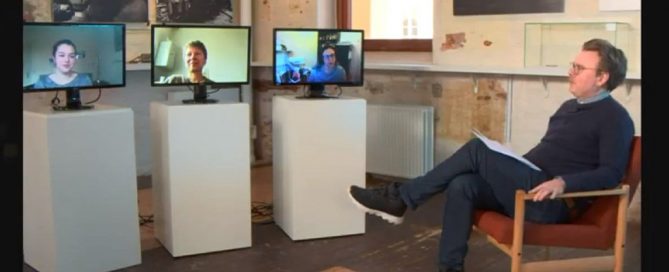Holocaust Remembrance in a Digital Future: Towards Deep Truth or Deep Fake?
On Thursday 4th February, I was very honoured to join Stephanie Billib, Bergen-Belsen Memorial, and PhD candidate Tabea Widemann to discuss the tensions between 'deep truth' and 'deep fake' in digital Holocaust remembrance. The panel was part of a larger programme: The Digitalisation of Memory: Technology - Possibilities - Boundaries hosted in partnership between the Falstad Centre in Norway, and POLIN Museum of the History of Polish Jews, Poland. In this week's blog, I reflect on some of the themes that arose in that panel. The End of an Era? Whilst there were earlier instances of testimony gathering (including David Boder's immediate post-war recordings and the extensive Fortunoff collection at Yale in the 1970s), since the 1990s, the impetus to record survivor testimonies in a range of media formats has been heightened by the fear of an approaching post-witness age (Tanja Schult and Diana I. Popescu). This has been framed as an end of an era, as the Holocaust shifting from living memory to mediated memory (James E. Young) or from what Annette Wieviorka termed 'the era of the witness' to the 'era of the user' (Susan Hogervorst). Yet such framing makes three assumptions: That digital technology, or media [...]
